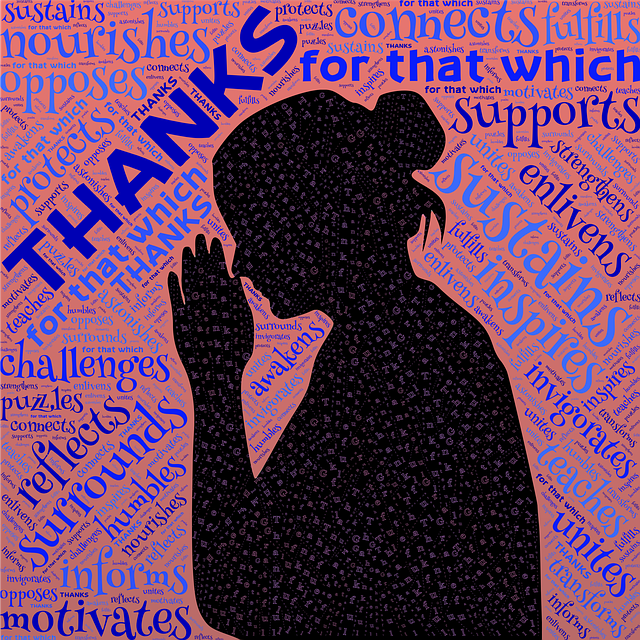At the recent Write Your Own Way Summit, Sandra Postma spoke eloquently about how to write with a chronic illness. Sandra is a book coach for writers with chronic illness. She is especially well-qualified for this role having studied journalism and literature at university and undertaken a Book Coach Certification with Author Accelerator. Sandra is able to draw on her own lived experience as a writer with several debilitating illnesses over many years.
She stated that the book coaching role helped to save her life and motivated her to create her own coaching business, Your Story Mentor. Sandra acknowledged the technical aspects of her prior training as a writer but stated that the book coaching course helped her to learn “how to coach a writer both on a craft and on an emotional level.”
Challenges for writers with chronic illness
In her Summit presentation and an interview with Savannah Gilbo for the Fiction Writing Made Easy Podcast, Sandra outlined the many challenges facing writers with chronic illness that exist over and above those experienced by other writers:
- Symptoms – writers with chronic illness have to deal with fluctuating energy, brain fog, and times when they are mentally or emotionally not feeling well. Other symptoms may include constant pain, itching and/or swelling of joints (e.g. ankles, fingers, hands, arms) and debilitating symptoms such as migraines or breathing difficulties. Sometimes, it may be impossible for the writer to sit or even to get out of bed.
- Low self-esteem – Sandra points out that there is a social stigma associated with having a chronic illness. There may be emotional baggage arising from a lack of social status (lacking a job or having to constantly isolate to manage disabling symptoms). Like many other writers, those with chronic illness feel that their voice is not worth hearing but for the chronic sufferers this self- story is amplified by the sense of not being an active contributor to family or society, but rather being a burden.
- Momentum – a key element in writing is momentum, the ongoing impetus to pursue writing whether in the form of a blog, a short story, a novel, non-fiction work or a memoir. Momentum provides energy and motivation but for the writer with chronic illness this is continually punctuated by disability, so there is a loss of momentum as a result of the fluctuation of symptoms.
Feelings experienced by writers with chronic illness
What is not often appreciated is that such writers can experience genuine grief – from loss of identity, family, friends, social activity and work (with its attendant loss of both a meaningful role and income). This, in turn, impacts the sense of self-worth of writers with chronic illness.
There can be anger and ongoing frustration from not being able to do what you used to do with relative ease. Sandra points out that the anger can arise from the knowledge that you “have to surrender to this thing [chronic illness] that you didn’t choose and is with you for the rest of your life”. With this awareness, you can “lose trust in your own life”.
Sandra highlights the fact that you can lose a sense of agency, your underlying capacity to control your body, your thoughts, your responses to stimuli and your actions. This can lead to a sense of helplessness and hopelessness – the loss of a meaningful existence and the capacity to change your debilitating situation.
Strategies to use while writing with a chronic illness
In her Summit presentation and interviews, Sandra proposed a number of practical ways to deal with the emotions, blockages and challenges of writing with a chronic illness:
- Break free – a starting point is to break free from expectations, your own as well as that of others. In an earlier post, I wrote about the tyranny of expectations – how they hold us back and lock us into ways of doing things.
- Set your own pace – it is important to overcome rule-bound advice such as writing every day for a set time in a set place. You have to determine your own writing pattern based on your capacity at the time. It will be frustrating at times that you can’t write as much as you want, as often as you want or as fast as you want. You have to get to the stage where your are “at peace with your own pace”.
- Write where you are comfortable – you don’t have to sit at a desk to write, sometimes “sitting” itself may not be possible (as in Sandra’s experience). You can lie down and use a mobile phone to write or use a dictation device. You will have to overcome the self-talk about what “proper writers” do.
- Practice self-compassion – avoid “beating up” on yourself for failing to achieve what you set out to achieve or for not meeting others’ expectations. Self-compassion, kindness to yourself, can enable you to overcome the disabling effects of negative self-talk.
- Write what you know – Sandra points out that people with a chronic illness have a “superpower” as writers. Because of their experience of pain and loss, they know about “deep emotions and feelings and the hardship of life”. These are the challenges that everyone meets in daily life, being part of the human condition. This gives writers experiencing chronic illness a distinct advantage. Savannah, in her interview with Sandra, maintained that such writers have “a rare edge that empowers them to connect with readers on a much deeper level”. As Sandra herself pointed out, “books are conduits of uncomfortable emotions and explorations of how to deal with them”.
- Start small – if you start small, you can start “right now”. At the outset of her writing endeavours, Sandra found that she could not write a lengthy story such as a novel, so she started small by writing poems and short stories. She acknowledged in her podcast interview that it took “a long time to be right with that” and live with the belief that it is worth the effort. She found, however, by writing short stories across multiple genres, she improved her writing craft and gradually built the capacity to begin writing a novel. She recognised that this novel-writing would take at least three years. Sandra is adopting the “start small” principle with her novel writing by treating each chapter as a short story.
- Write a reflective poem – sometimes it is helpful to write a reflective poem to get your feelings out into the open and to help you identify “next steps”. This process can also unearth hidden emotions that are acting as a blockage to your writing.
- Join a support community – Sandra indicated that one of the things that helped her immensely was joining a support community. In an interview for CanvasRebel, she expressed her strong belief in “the power of the online community of other people with chronic illness sharing their stories and beliefs”. Her online community reinforced her strength in managing her illness and associated pain, made her feel as though she was “seen” and confirmed that her voice was unique and “deserves to be used and heard”. These personal outcomes have been my experience with the Creative Meetups, hosted by the Health Story Collaborative created by Annie Brewster, author of The Healing Power of Storytelling.
Sandra provides a free guide on How to Be a Writer When You Have a Chronic Illness on her website. She has also started an online support community for writers with chronic illness – The Mighty Spoonies Club. The name of the community is based on the “spoon theory metaphor” of chronic illness.
Reflection
I joined the online Creative Meetup group nearly two years ago and found that the supportive environment and writing exercises helped me “to access and release emotions” and to stimulate my creative expression in the form of poetry. An added benefit is that I am sub-consciously working on my memoir as I explore and share my life story.
Reflecting and connecting with others who are experiencing their own chronic illness has been very supportive. Their shared stories and insightful writing provides me with encouragement and practical strategies to deal with the challenges inherent in my chronic illness.
At our February 2025 Meetup, Jennifer Crystal, our facilitator, introduced a poem by Mary Oliver as a stimulus for our reflection and writing. The poem, The Uses of Sorrow, speaks of receiving “a box full of darkness” but being able to understand over time that “this, too, was a gift”. In our writing segment, we explored the “gift of illness”.
Illness provides a personal growth experience. I’ve had to revisit my assumptions, self-image and goals. Illness helped me to appreciate the small things in life that I often take for granted – that I can see, walk, run, play tennis, reflect, research and write.
It helped me to realise that my identity is not tied to an image of myself as a very fit, competent tennis player. Illness helped me to understand and accept the nature of the human condition – it’s vulnerabilities and frailties and undulating character.
I have been able to share with other people who are experiencing a healing journey. I’ve met some wonderful people who are wise, resourceful and resilient as a result of their experience of managing pain and losses.
Illness has helped me to become more compassionate towards others – to appreciate the pain, sorrow and distress that others are experiencing. It has helped me to keep things in perspective and to savour the present moment. It has forced me to be proactive, resourceful and engaged.
There are times when chronic illness has felt more like an unwanted gift – not desired or returnable. Despite these setbacks, there have been hidden possibilities that have helped me to flourish and enrich my life and my writing. As I grow in mindfulness through reflection, writing and storytelling, I am able to progressively develop agency, resilience and creativity.
I wrote the following poem after reflecting on the positive aspects of my illness and what it has contributed to my quality of life:
The Gift of Illness
Illness is a hidden gift,
with a rich lode of rewards,
that need to be mined,
in the fire of pain and loss.
Challenging assumptions,
reshaping identity,
acknowledging the human condition,
growing in awareness of self.
Opening to others,
appreciating life,
learning compassion,
disclosing feelings.
Discovering poetic expression,
rekindling creativity,
energising writing,
grounding in the present moment.
___________________________________________
Image by Leandro De Carvalho from Pixabay
By Ron Passfield – Copyright (Creative Commons license, Attribution–Non Commercial–No Derivatives)
Disclosure: If you purchase a product through this site, I may earn a commission which will help to pay for the site, the associated Meetup group and the resources to support the blog.









